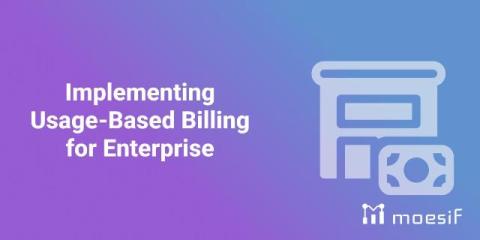Business Orchestration and Automation Technologies: Benefits, Examples, and What to Look For
In business, speed is key. When facing rapid change, adapting slowly eats into an organization’s revenue, opportunities, and market share. This has led organizations to deploy business process automation technologies to streamline processes, roll out products faster, and deliver services of a higher quality. However, organizations often stitch together disparate automation tools, leading to disjointed IT ecosystems and bloated licensing costs.










